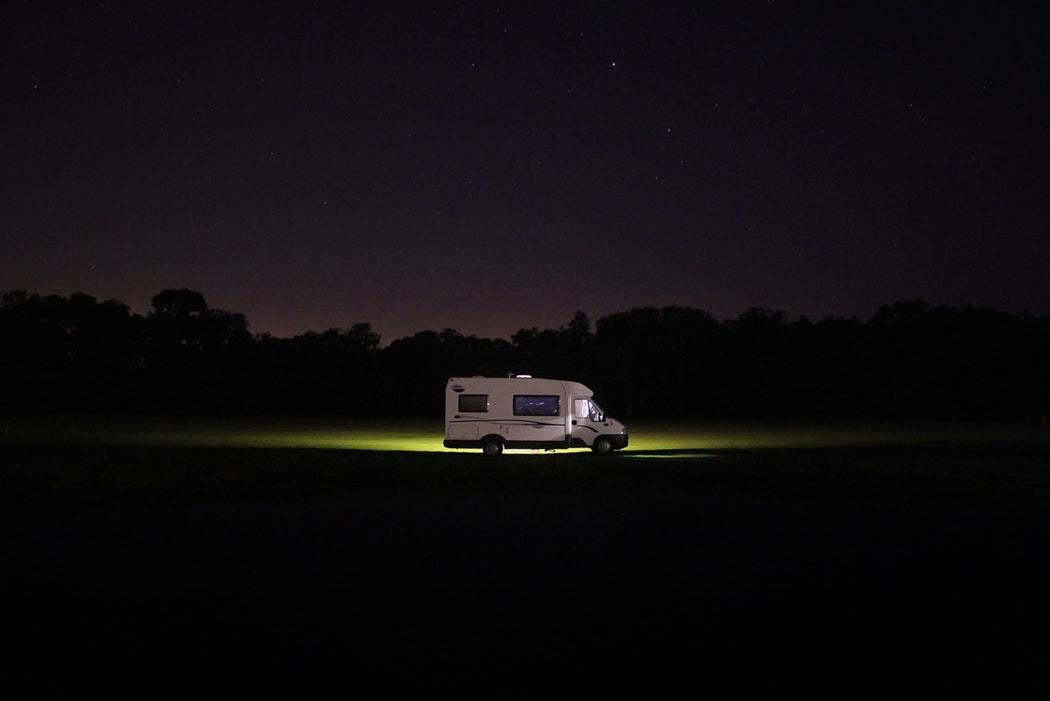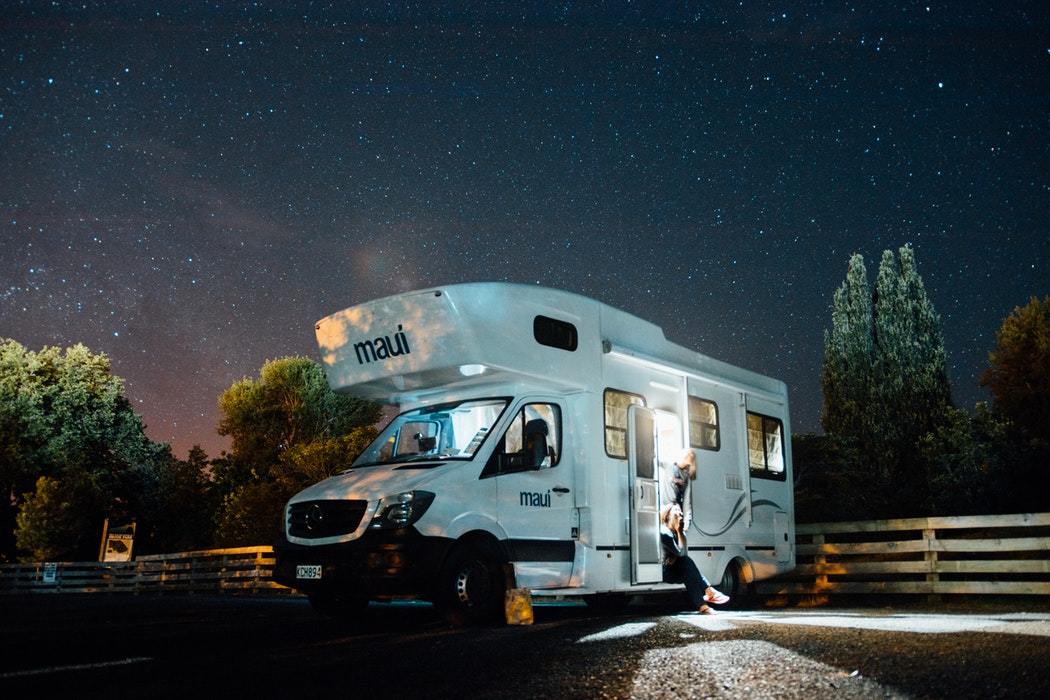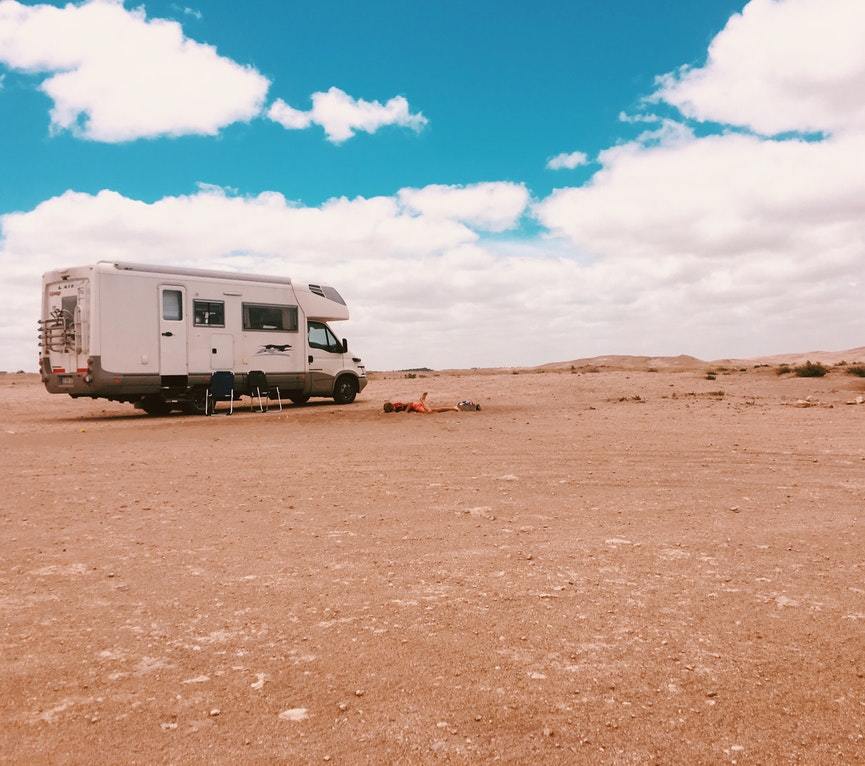
When the summer heat gets brutal, and you’re stuck in your RV with a sweating, cranky family, you may start wondering “How much does it cost to fix the AC in my RV?” That’s when you know it’s time to get that taken care of finally.
But of course, you left the AC until last because you want to save money. Well, maybe you still can!
How Much Does It Cost To Fix The AC In My RV?

“How much does it cost to fix the AC in my RV?” depends on a variety of factors. For instance, what type of AC do you have? Will you get a professional to fix it, or will you do it yourself? These all play a big part in figuring out the price.
At the low end, if you have a roof-mounted AC and you can clean it or replace it yourself, you’re looking at less than $100. On the other end of the scale, a sealed internal AC system with serious damage can cost over a thousand dollars to fix. Most people fall somewhere in the middle.
Breaking Down The Costs

So, how much does it cost to fix the AC in my RV? Let’s take a look at the variable costs to get a better idea of what you can expect.
Firstly, determine what type of AC you have. Is it a roof mounted unit or a sealed unit? If you have a roof-mounted AC then good news: it’s a lot cheaper to fix.
Secondly, you need to assess what could be wrong with your AC.
Common AC problems
Is your air conditioner running but not doing a very good job of cooling down your RV? If so, chances are it just needs a good cleaning and new air filters. That is the easiest thing to fix, and the least expensive.
However, if clogged air filters persist for a long enough, then you’ll end up with a frozen evaporator coil. That’s bad news. In that case, you’re looking at a price tag of several hundred dollars.
Another common problem many RV air conditioners have is an improper refrigerant charge. The time goes on, fuses get old, wires get shaken about, and your AC may not be getting enough of a charge to run the compressor motor.
So long as your compressor is running, though, you can still save the unit.
Another common problem with rooftop AC units is a failed capacitor. That’s like a starter for a car engine. It jolts the compressor engine into action, and if it is not working, you will not get the unit working.
Parts
New AC air filters are easy to replace and affordable. You’re looking at between $30 and $$$. RVAIR makes a decent set of universal filters that will fit most rooftop RV air conditioners.
Next, look at the capacitors. They cost between $ and $$. You can replace these with aftermarket parts like 40/5 MFD capacitors.
However, if your compressor motor is shot, then the price tag starts to go up. A good replacement compressor will cost anywhere from $ to $$$, depending on the make and model of your AC unit. Likewise, a new set of coils will cost between $ and $$$. And that’s before the work it will cost to get a professional to install them.
Labor
The average cost of an air conditioner to repair your home and fix your RV is $ per hour. If they need to replace coils or a compressor, you’re looking at two or three hours of work. Ouch!
But it gets worse if you have a sealed AC.
In that case, you’ll need to take your RV to a garage, and they’ll need to remove the front panels and possible some wall panels to get at it. Now you’re talking about labor costs around $ per hour, and up to 6 or 7 hours of labor.
What About The Warranty?
When you’re wondering “How much does it cost to fix the AC in my RV?” you may be hoping that warranty will cover the costs.
Bad news.
If you have a rooftop AC, chances are that it came with its own separate warranty, independent of the RV. Most warranties are good for one year and only cover manufacturer defects. So if you did not change your air filters after a summer of use, and your evaporator coils froze resulting in a blown compressor, you’re out of luck.
If you have a sealed AC, then it will probably be covered under the warranty that came with your RV. You will need to check your warranty and your dealer to find out.
Simple DIY Air Conditioner Fixes
So what if it’s relatively simple? How much does it cost to fix the AC in my RV myself? Those are excellent questions.
The great thing about doing it yourself is that you only need to pay for parts. So if you just need a new air filter or capacitor, you’re looking at less than $50.
Great!
Let’s get a quick understanding of the parts of an air conditioner.
The parts of an air conditioner
There are five main parts of an air conditioner.
- Refrigerant (a.k.a. Freon)
- Compressor
- Condenser coil
- Evaporator coil
- Expansion valve
You can also add minor parts such as air filters, fan, belts, and capacitors to the list of important parts.
The AC sucks in hot air from inside your RV using a fan and vents and the air passes through air filters, making it clean. The coolant inside the evaporator coils absorbs the heat. The refrigerant moves on to the compressor when it is warm enough, which heats up the refrigerant even more. It causes the refrigerant to become gaseous.
This gas then passes on to the condenser coils, which suck all the heat from the cooler and a fan blows that heat outside. Then the refrigerant passes back through an expansion valve which cools the refrigerant, where it starts all over again.
Now you know some simple basic parts of your AC, and how they work, let’s look at how you can fix some of them.
Unplug the AC
The most important thing you can do when you’re messing around with your air conditioner is to UNPLUG IT!
Seriously. People have been electrocuted to death by trying to dig around their AC while it’s still connected to a power source. Don’t do it.
Change the filters and clean the coils
The first thing you can do is change your AC filters. That is part of regular maintenance, and you should do this every two months in any case (every month if you’re traveling through a desert state).
Next, clean your coils. Both the condenser coils and the evaporator coils are prone to picking up dust and bits of pollen that might slip by the air filters. Also, this will remove any condensation which can cause the coils to freeze. Do this regularly.
Replace simple parts
If your AC has issues where it won’t run, try replacing some simple parts. An air filter or a capacitor is relatively cheap and easy to replace. If you know what you’re doing, you could potentially replace the condenser coils, but we don’t recommend doing that yourself.
Sometimes all you need is a new fan belt. While this seems easy to replace, not all AC’s are the same. Sometimes the belts are buried deep in the motor or don’t even exist. We recommend having a pro do this work.
When To Call A Pro
So, how much does it cost to fix the AC in my RV if I get a professional to do it?
You’re looking at a minimum of $, and even up to $$$. So when should you call a pro?
If your AC won’t even turn on, have a pro look at it. They can at least tell you what needs replacing and you can decide what to do next. However, if your AC is making a squealing noise, you’ll want a pro. Maybe it’s loud thumps and clunks: You’ll want a professional to check it out right away.
Also, if you have a sealed AC unit, then in most cases outside of replacing air filters, you’ll need a professional to look at it.
That sucks, but it’s SO worth it once the AC is running again. Sealed units tend to do a better job of cooling the entire RV down evenly, and are less likely to fail in really hot temperatures. They’re just expensive when they do break down.
Hit The Road

So, now you know the answer to the question “How much does it cost to fix the AC in my RV?”
If you’re doing it yourself, between $ and $$$. If you’re letting a professional do it, between $ and $$$.
Either way, once your air conditioner is up and running again, you can hit the road. You’ll know that you’ll be nice and cool during those hot summer days. Or any day in Florida.
What kind of AC unit do you have in your RV? Have you ever had a problem with it? Tell us about it in the comments!